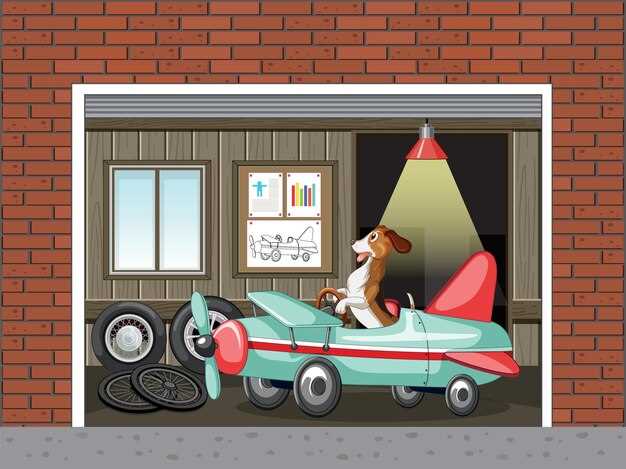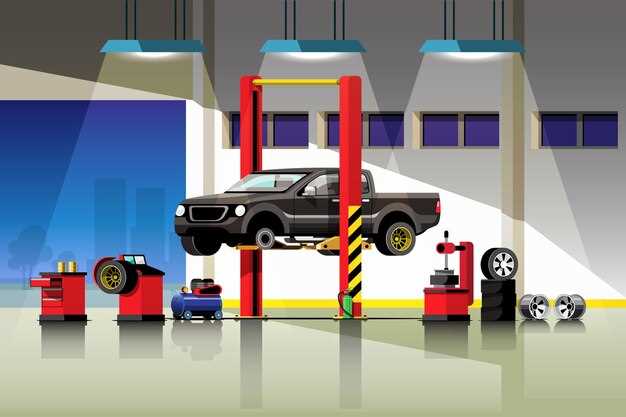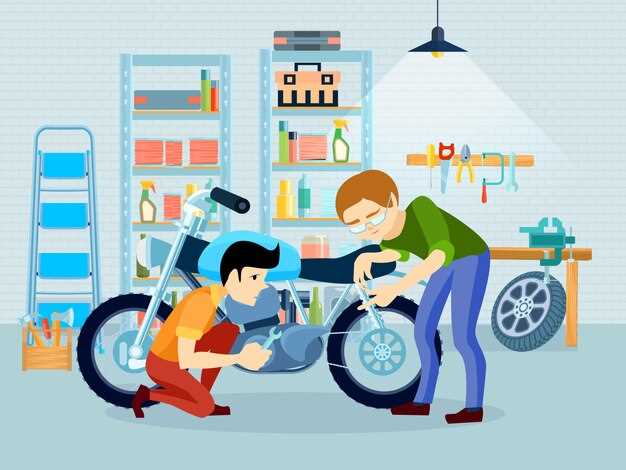
Building a dedicated garage for your race car is an essential step towards ensuring optimal performance and maintenance. This space not only safeguards your vehicle from environmental hazards but also facilitates the organization of necessary equipment and tools required for repairs and upgrades. A well-designed garage will serve as a hub for all your racing activities, from routine maintenance to high-performance modifications.
When planning your garage, consider the specific requirements dictated by your race car and the associated equipment. Ample space is crucial for maneuverability and accessibility, allowing you to work efficiently without interruptions. Additionally, incorporating features such as specialized storage solutions and workbenches will enhance your ability to manage tools and components, making your racing endeavors smoother and more enjoyable.
Moreover, think about the essential amenities that can improve your overall experience while working in the garage. Proper lighting, ventilation, and climate control will contribute to a comfortable working environment, enabling you to focus on what matters most–preparing your race car for peak performance on the track. By investing time and resources into constructing a purpose-built garage, you position yourself for success in the competitive world of racing.
Choosing the Right Size and Layout for Your Race Car Garage

When designing a garage specifically for your race car needs, selecting the appropriate size and layout is crucial to ensure functionality and efficiency. First and foremost, consider the dimensions of your race car, including its length, width, and height. This information will help you determine the minimum space requirement for the garage.
Typically, a race car garage should provide enough room not only for the vehicle itself but also for additional equipment such as tools, tires, and maintenance gear. A good rule of thumb is to allocate at least 12 feet in width and 24 feet in length to comfortably accommodate a single race car and allow for easy maneuvering.
In terms of layout, consider incorporating designated zones within the garage. A dedicated work area near the entrance can facilitate easy access to tools and equipment. Additionally, a separate section for storage–like shelving or cabinets–will help you keep your space organized and clutter-free. Another essential feature is an area for loading and unloading tires and spare parts, which can significantly streamline your pre-race preparation.
Don’t forget about ventilation and lighting. Proper airflow is essential when working with fuels and oily substances commonly associated with race cars, while ample lighting ensures you can see what you’re doing during maintenance or repairs anytime.
Lastly, consider the possibility of future expansion. If you plan to add more vehicles or equipment, or if your needs change, ensure your garage is adaptable enough to evolve with your racing pursuits. By thoughtfully selecting the size and layout of your race car garage, you will create a space that enhances both performance and convenience.
Essential Tools and Equipment for Race Car Maintenance

Maintaining a race car requires a specific set of tools and equipment to ensure optimal performance and safety. These essential items should be readily available in your home garage to facilitate regular maintenance and repairs.
Firstly, a comprehensive tool set is crucial. This should include wrenches, sockets, screwdrivers, and pliers, which allow you to handle a variety of tasks from tightening bolts to replacing components. A torque wrench is particularly important for ensuring that nuts and bolts are tightened to the manufacturer’s specifications.
Another vital piece of equipment is a high-quality jack and jack stands. These are necessary for lifting the race car safely, allowing you to access the undercarriage for inspections or repairs. Hydraulic jacks are preferred for their ease of use and stability.
A tire changer and balancer are indispensable for maintaining the performance of racing tires. Proper tire maintenance can significantly affect lap times and handling. Furthermore, a tire pressure gauge is essential to monitor and adjust tire pressure according to track conditions.
It’s also important to have a fluid management system, including oil and coolant change equipment. An oil filter wrench and a drain pan will help in the efficient and clean replacement of engine oil. Ensuring that all fluids are at optimal levels is key to preventing overheating and other mechanical failures.
Lastly, a diagnostic scanner is necessary for modern race cars, equipped with electronic systems. This tool enables you to read error codes and assess the performance of various sensors, ensuring your car is functioning properly.
Equipping your home garage with these tools and equipment will set you up for success in maintaining your race car, ultimately enhancing its performance on the track.
Optimizing Your Garage for Safety and Accessibility
When constructing a garage tailored for your race car needs, it is crucial to prioritize safety and accessibility. Proper organization and planning can greatly enhance the functionality of your home garage environment.
Begin by evaluating the layout of your garage. Ensure that there is ample space for movement around your race car and equipment. A clear pathway allows for quick access in case of emergencies and simplifies maintenance tasks. Consider installing wide doors to facilitate easy entry and exit.
Lighting is another essential aspect. Adequate lighting not only improves visibility but also helps to identify potential hazards immediately. Use bright, energy-efficient LED lights and consider adding motion sensors to enhance safety during late-night activities.
Additionally, incorporate designated storage areas for your equipment. Utilize wall-mounted shelves and pegboards to keep tools organized and within reach. This not only minimizes clutter but also prevents accidents caused by misplaced items. Clearly label all storage bins to promote efficient retrieval.
Furthermore, invest in high-quality flooring materials that provide traction and are easy to clean. Non-slip surfaces can reduce the risk of slips and falls, especially when working with fluids or racing tires in a busy garage setting.
Finally, implement safety features such as fire extinguishers and first aid kits placed in easily accessible locations. Regularly inspect your garage for potential hazards, and maintain an organized space to ensure a safe working environment for both you and your race car.




